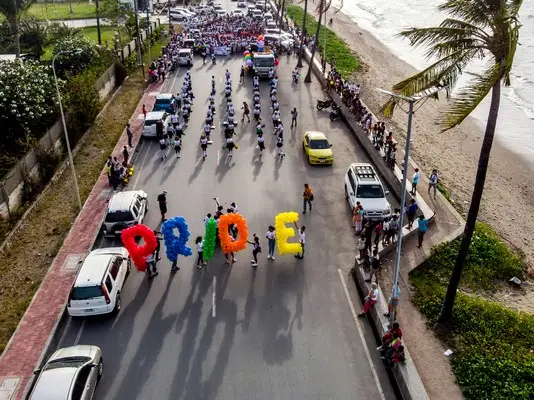Table of Contents
- Historical Context and Origins
- Manifestations of Heterosexism
- Implications for Individuals and Society
- Combating Heterosexism
- The Role of Allies
- Intersectionality and Heterosexism
- Conclusion
Heterosexism, as a sociological concept, refers to the systematic privileging of heterosexuality over other sexual orientations. It manifests in societal norms, institutional practices, and cultural narratives that position heterosexuality as the norm and marginalize other sexual orientations. Understanding heterosexism involves examining how these dynamics shape individual experiences, social interactions, and structural inequalities. This article aims to unpack the various dimensions of heterosexism, exploring its origins, manifestations, and implications for both individuals and society at large.
Historical Context and Origins
The concept of heterosexism is deeply rooted in historical processes and cultural developments. Historically, heterosexuality has been constructed as the ‘natural’ or ‘normal’ form of sexual orientation, largely influenced by religious doctrines, legal frameworks, and medical discourses. In many societies, religious teachings have promoted heterosexual relationships as the only morally acceptable form of intimacy, often labeling other forms as sinful or deviant. Legal systems have reinforced these norms by criminalizing same-sex relationships and failing to recognize the rights of LGBTQ+ individuals.
Medical and psychological fields have also played a significant role in perpetuating heterosexism. For much of the 20th century, homosexuality was pathologized and treated as a mental illness. This medicalization not only stigmatized non-heterosexual orientations but also legitimized discriminatory practices and policies. The declassification of homosexuality as a mental disorder by the American Psychiatric Association in 1973 marked a significant shift, but the legacy of these earlier discourses continues to influence societal attitudes and institutional practices.
Manifestations of Heterosexism
Heterosexism manifests in various forms, ranging from overt discrimination to subtle microaggressions. At the individual level, heterosexism can be seen in prejudiced attitudes, derogatory language, and discriminatory behaviors directed towards LGBTQ+ individuals. These actions are often fueled by stereotypes and misinformation about non-heterosexual orientations.
Institutionally, heterosexism is embedded in policies and practices that privilege heterosexuality. For example, many countries have laws that exclusively recognize heterosexual marriage, thereby denying same-sex couples the same legal rights and protections. In workplaces, heterosexism can be observed in hiring practices, promotion criteria, and workplace culture that marginalizes LGBTQ+ employees. Schools often perpetuate heterosexism through curricula that exclude LGBTQ+ histories and experiences, reinforcing the invisibility of non-heterosexual orientations.
Culturally, heterosexism is reflected in media representations, language use, and social norms. Mainstream media frequently depict heterosexual relationships as the default, often neglecting or misrepresenting LGBTQ+ experiences. Language, too, can be a vehicle of heterosexism, with phrases like “That’s so gay” being used pejoratively. Social norms around dating, marriage, and family life also reinforce the idea that heterosexuality is the standard against which all other orientations are measured.
Implications for Individuals and Society
The implications of heterosexism are profound and multifaceted, affecting both individuals and society. For individuals, experiencing heterosexism can lead to various forms of psychological distress, including anxiety, depression, and feelings of isolation. The constant invalidation of one’s identity can erode self-esteem and hinder personal development. LGBTQ+ individuals may also face increased risks of physical violence and harassment, which can have severe physical and emotional consequences.
Heterosexism also impacts social relationships and community dynamics. It can create divisions and tensions within families, as individuals who come out may face rejection or strained relationships with loved ones. In broader social networks, heterosexism can limit opportunities for LGBTQ+ individuals to form meaningful connections and find supportive communities. This isolation can be particularly pronounced in areas where heterosexist attitudes are deeply entrenched.
At the societal level, heterosexism perpetuates inequality and injustice. By privileging heterosexuality, society denies equal rights and opportunities to LGBTQ+ individuals, undermining the principles of fairness and social justice. This systemic bias can hinder social progress and reinforce other forms of discrimination, such as sexism, racism, and classism. For example, LGBTQ+ individuals who are also members of racial or ethnic minorities may face compounded forms of discrimination, exacerbating their marginalization.
Combating Heterosexism
Get the full article AD FREE. Join now for full access to all premium articles.
View Plans & Subscribe Already a member? Log in.





